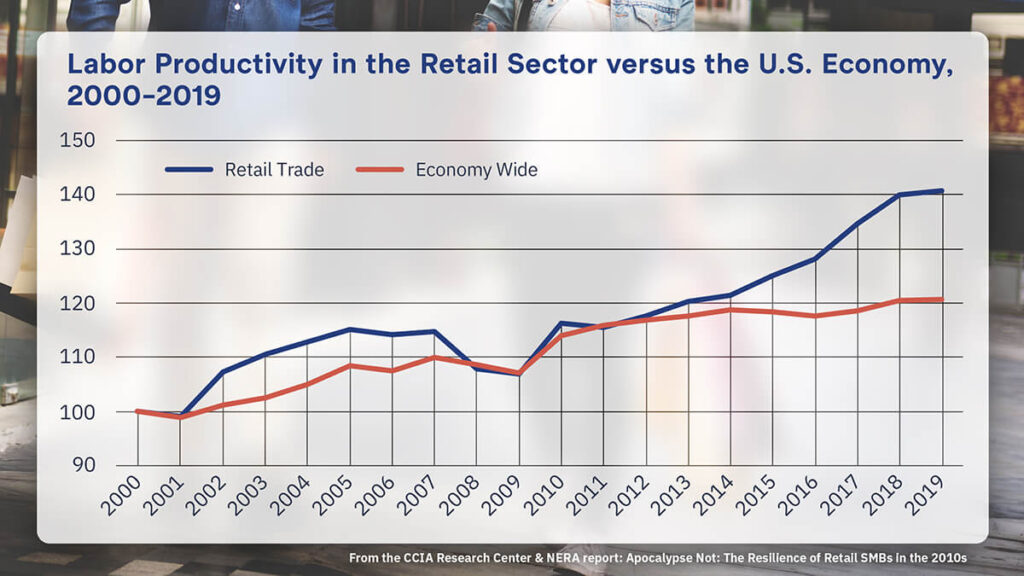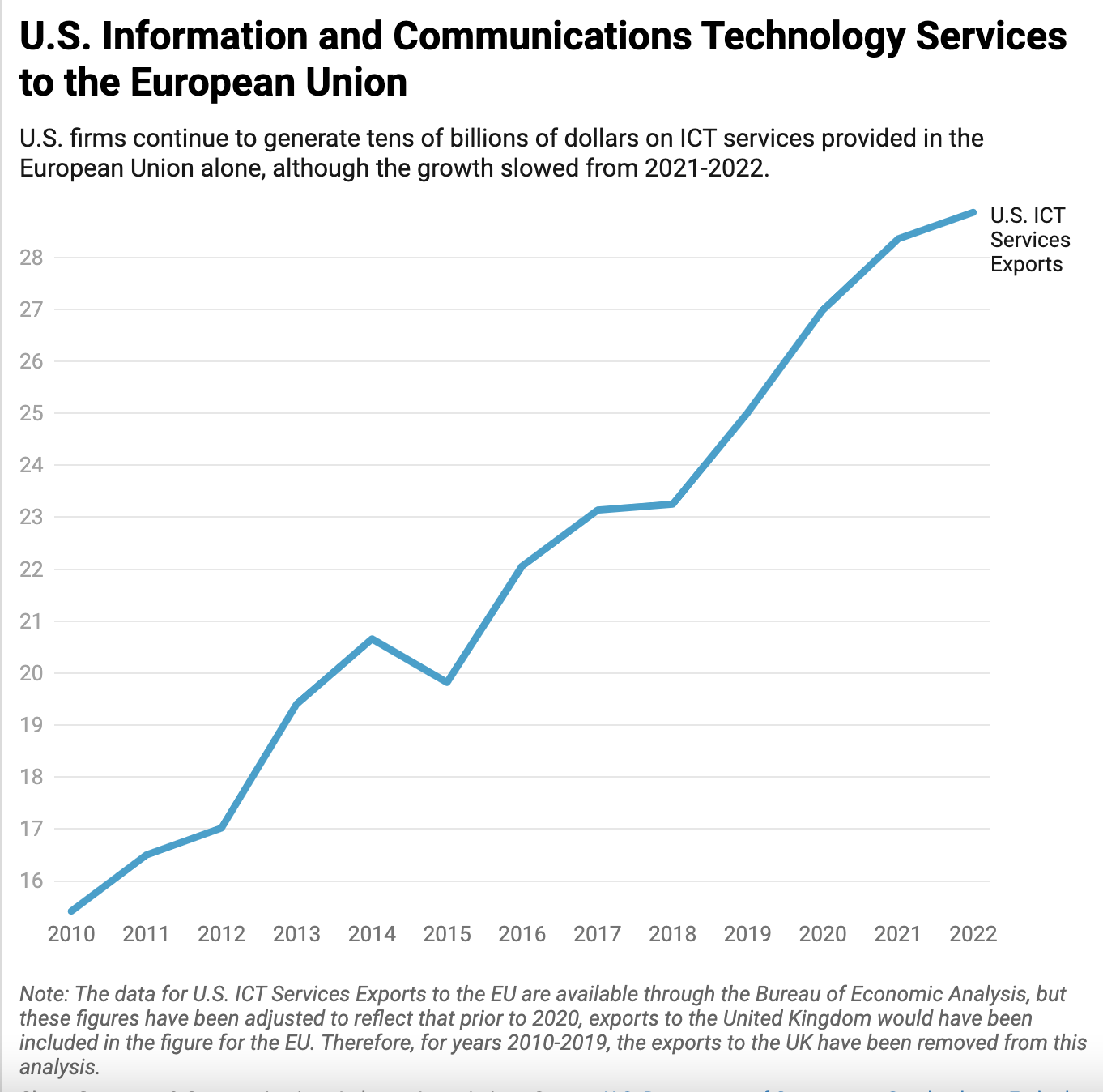Digital Technology: The Unsung Hero of Small Businesses
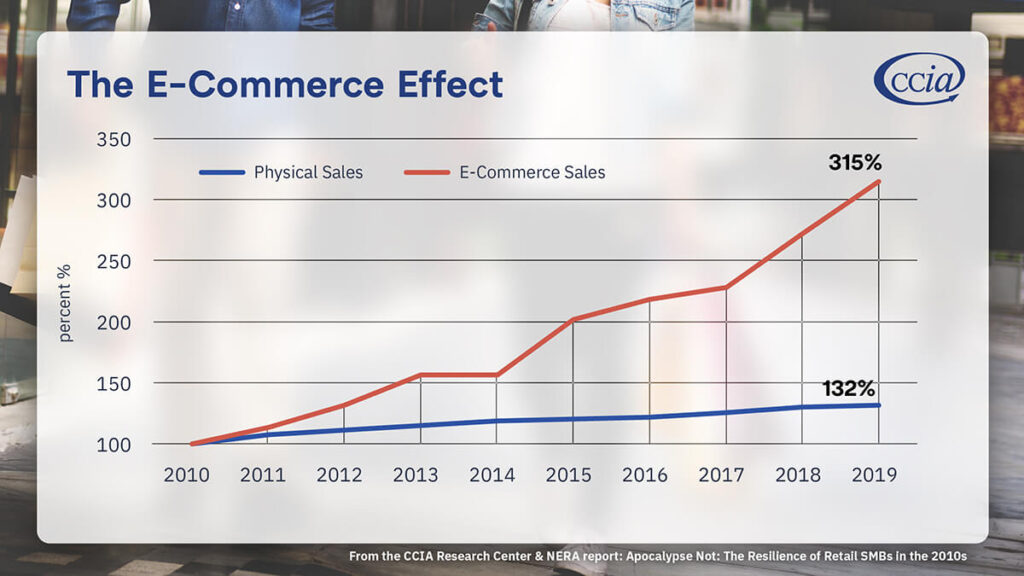
Across America, small and medium-sized retail businesses have undergone a quiet but explosive evolution. While the pre-1990s traditional retail era saw small businesses visibly compete alongside larger retailers in brick-and-mortar settings, high prices kept small and medium-sized businesses (SMBs) from maximizing value for consumers. The following “Big Box Effect” in the 90s and 2000s saw larger retailers dominate the market with lower prices, but less variety for consumers. Then, in the 2010s, digital technology lit up the retail industry like a bat signal for SMBs: e-commerce tools promised to lift smaller retailers into economies of scale, allowing businesses of all sizes to adopt omnichannel sales practices and reach consumers around the world. The new tech tools over-delivered: the subsequent increase in growth rate by small retail firms in the 2010s was among the largest in any sector of the U.S. economy, marking the beginning of an SMB renaissance. SMB retailers could now compete with large incumbents and deliver an unprecedented variety of goods and services to consumers at low prices.
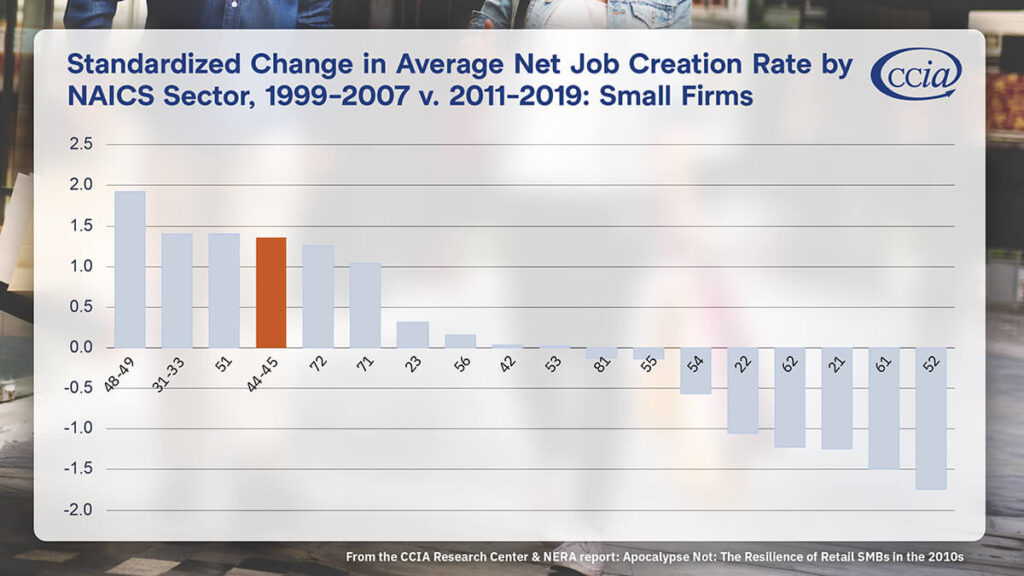
This surprising new finding comes from a new study commissioned by the CCIA Research Center and conducted by NERA Economic Consulting on the effect of e-commerce technology on retail SMBs. The study analyzes U.S. Census Bureau data to measure both the growth of retail SMBs in the 2010s and the increased adoption of digital and e-commerce technology, finding that not only are the two phenomena associated, but that SMBs benefited more from the adoption of new tech tools and omnichannel practices than did larger retailers.
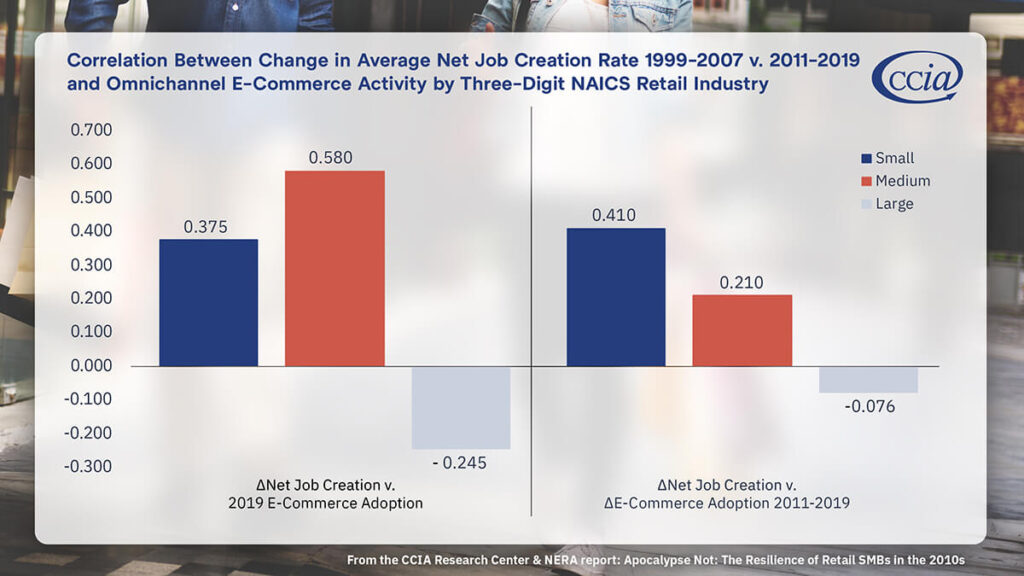
The findings debunk misconceptions that the rise of omnichannel and e-commerce has primarily benefited large retailers and stifled smaller businesses. In fact, evidence indicates that the “E-Commerce Effect” reversed the Big Box era decline of SMB retailers by reducing barriers to entry and giving SMBs cost-effective tools to reach consumers globally and compete with larger incumbents. The study finds that during the 2010s, retail was one of only five sectors where medium-sized firms enjoyed a disproportionately large increase in growth rate. Additionally, retail startups became more likely to survive in the 2010s, and the successful entry of new firms remained robust – all likely due to the emergence and adoption of digital technology and e-commerce tools in retail.
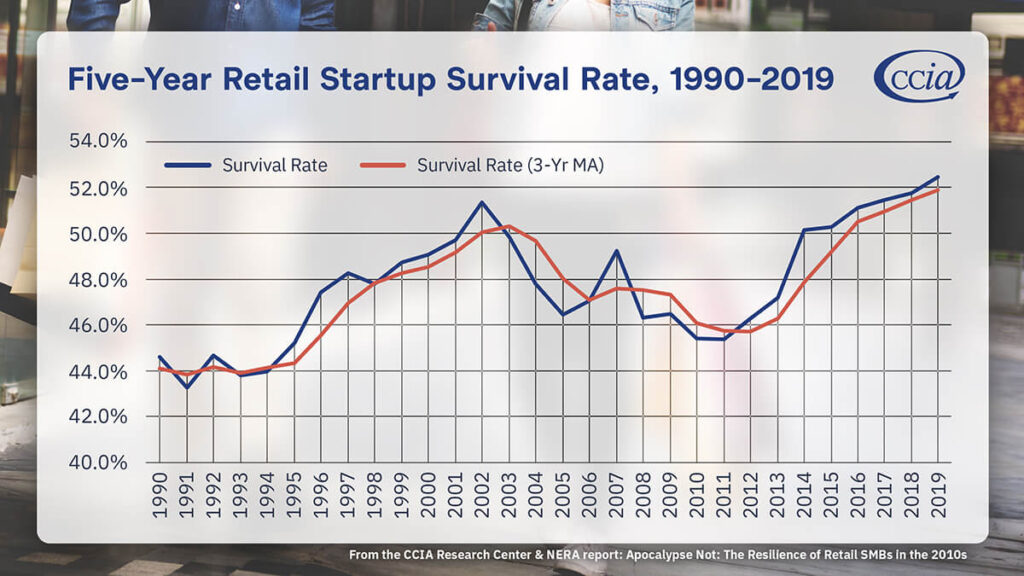
With the less-visible hum of omnichannel success in small businesses across the U.S., the “E-Commerce Effect” in retail remains an unsung hero for SMBs. However, with continued expanded access to consumers around the world who are looking for diverse products for low prices, small and medium-sized retailers will continue to thrive through the adoption of new productivity-enhancing technologies that level the playing field for retail businesses everywhere.
